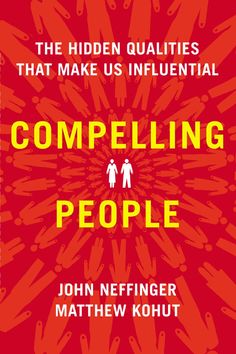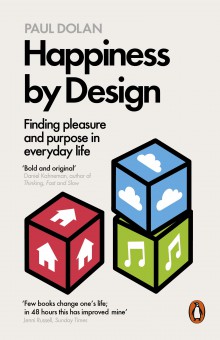Compelling People: The Hidden Qualities That Make Us Influential is a book by John Neffinger and Matthew Kohut. It looks at what makes particular people, such as state leaders, the persuasive and charismatic people they are.
It claims to draw on the latest scientific evidence, though there do not seem to be any inline citations and the authors are writers and coaches rather than academics. That does not mean there is no good stuff in here – it is just difficult to know.
They put forward the idea that a charismatic person is one who projects strength and warmth. Strength is the ability to get stuff done and warmth is the ability to share someone’s feelings. The top leaders are able to do both.
Stereotypes play a role. Men are seen as stronger whereas women are seen as warmer. Luckily though, character is more important than physical characteristics, so you can soon overwrite these biases.
Lots of little clues project strength. Having your hands in fists or out flat. Vocally, be direct, sure of yourself, and avoid being too polite. In men, a low voice is strong and attractive. You can use method activating to set the tone of the conversation. For example, when I am reviewing restaurant food, I like pretend I am Paul Hollywood, and it makes it a lot easier to say blunt and honest things.
You can apply these things in your prep. Lets say for example that you are about to give a speech. As you prepare to go on stage, ensure you stand tall and smile. This will carry through into the presentation.
Another kind of strength is sated strength. This is when you’re so strong you don’t need to show it. Picture Steve Jobs for example, spread out of a couch, not giving a shit about what anyone thinks because he is the head of Apple. This is a world away from the sharp-suited kind of strength, but rather displays strength in a warm and casual way. It can backfire though – think Mark Zuckerberg turning up at his investor meetings in a hoodie and trainers. People began to question his leadership.
Similarly, different things project warmth. Tilting your head to the side. If you have a local accent, that can help project genuineness. Warmth is very easy to lose so be careful. To maintain trust ensure you do not lean away, cross your arms or touch your face.
Clothing can be a mine field too. Generally smart black clothing presents strength and casual white clothing projects warmth. However, clothing also affects how you feel, so if you want to feel confident and strong, a suit may not be the best play if you feel uncomfortable in it.
Smiling is important. You have to do it right. There is a big difference between a fake smile and a Duchenne smile, which involves using your whole face. Smiling makes other people smile, which makes them feel happy.
They also touch on a few areas that are controversial, public-speaking wise. They recommend using the magic ball hand position (put your hands as if you are cradling a ball around your belly button). I often get told off for this at Toastmasters. Similarly, we discourage the use of filler words. Neffinger and Kohut point out that they have their place as it signals to the audience you are not done.
When it is time to apply the persuasion, you need to identify with your audience and emphasise with them. The trick is to get yourself inside an imaginary circle with them, and get the opposition on the outside. Obama is very good at this when talking about gun control. He acknowledges that people have the right to bare arms (a nod to the opposition) before pointing out that responsible gun owners support him in some controls (get everyone inside the circle) and it is just the NRA that want everyone carrying automatic weapons (push the opposition outside).
The old saying “ask for money, get advice; ask for advice, get money” is also relevant. By deferring to people and making them feel important and knowledgeable, you are more likely to win their support. In contrast, once you begin having an argument with someone, persuasion ends.
Two topics the book ends with are both nice examples. The first is “it is a leader’s responsibly to define reality”. This came across strongly in Walter Isaacson’s biograpbhy of Steve Jobs. Jobs redefined the industry by insisting it would be that way. Of course you can argue that people like Dennis Ritchie were doing actually useful things while Jobs was churning out over-priced junk. But Mac, iTunes and the iPhone have shaped our society.
On a more local example, the entire committee laughed when I said were going to put on a week-long event in a marquee for Atheist Society despite having only been running for a few months. But just six weeks later we did it. Reality is malleable when you have the determination to see it through.
Finally, the most important message of the book is “be worth of being looked up to”. If you want to be someone people think is a caring, determined, hard-working leader then the best way to achieve that is to be a caring, determined, hard-working leader. The rest is just dressing.
















